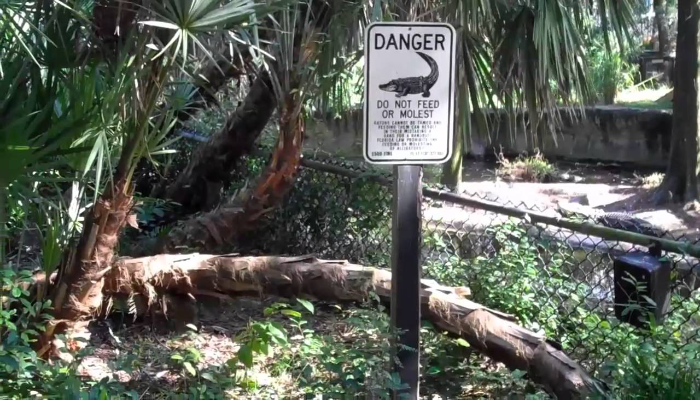It comes down to the perception of safety. The general veterinarian wants to know your food is safe. In their minds, safety keeps veterinarians from getting sued.
According to published literature, your food is not safe. Published literature details the hazards of raw/unprocessed food; the relationship of Salmonella, Listeria, and Campylobacter to uncooked or unprocessed foods. The interesting thing about published literature is that it tends to only present the negative side of things – because that’s what impacts lives – thus affecting an expected safety margin. If something is positive, (that is it doesn’t impact safety), it may not be reported. Therefore, the general practitioner is left with the impression that non-conventional pet food is not safe when in fact it is, if properly processed and packaged, quite safe.
As a manufacturer of the highest quality pet food, you know your food is safe. Not only is it made with the best ingredients, but it is also balanced by nutritional experts, made from USDA sourced ingredients, and you have years of live data to prove its safety and benefit!
What will it take to change the collective mindset of these very caring yet conservative veterinarians?
Certainly time will help. But in actuality, these veterinarians need to know it is safe for pets to eat real food.
Recently, a veterinarian was overheard telling a pet owner that pets need to eat food that meets AAFCO nutritional standards. That is fair, as AAFCO standards recommend minimum nutrient levels. However, this veterinarian went on to say that the top three prescription companies are the ones that meet AAFCO minimums. The implication is two-fold, at a minimum. First, she implied no other companies meet AAFCO standards – an incorrect assumption. Second, she was unaware most of the prescription diets do not actually meet AAFCO minimums – possibly a dangerous (i.e., unsafe) assumption.
Another veterinarian was asked by a co-worker her opinion of grain-free foods. Her comment was these foods have no studies behind them. While it is true that these foods have few peer-reviewed studies behind them, there are many years of unpublished data. The problem with a peer reviewed studies, is that the “peers” have been trained by the dry food companies to think that kibble is the best option. Therefore, kibble nutritional standards are held to be the gold standard.
The issue then becomes how to get data that clearly demonstrates the safety of real pet food into peer-reviewed journals; preferrably, peer-reviewed journals read by the general veterinary public, not just alternative veterinary medicine practitioners. The likelihood of JAVMA accepting and publishing an article supporting foods that do not better the financial position of one of their main advertisers (i.e., the top three prescription diet companies) is slim.
How can you better your position in the marketplace? Continue the one-on-one discussions with pet owners. Continue to collect data on the safety and efficacy of your food. Continue to support your trade association which is working to advance your position in the marketplace. Time is in our favor.
How can we help you? We are here to serve your needs.


